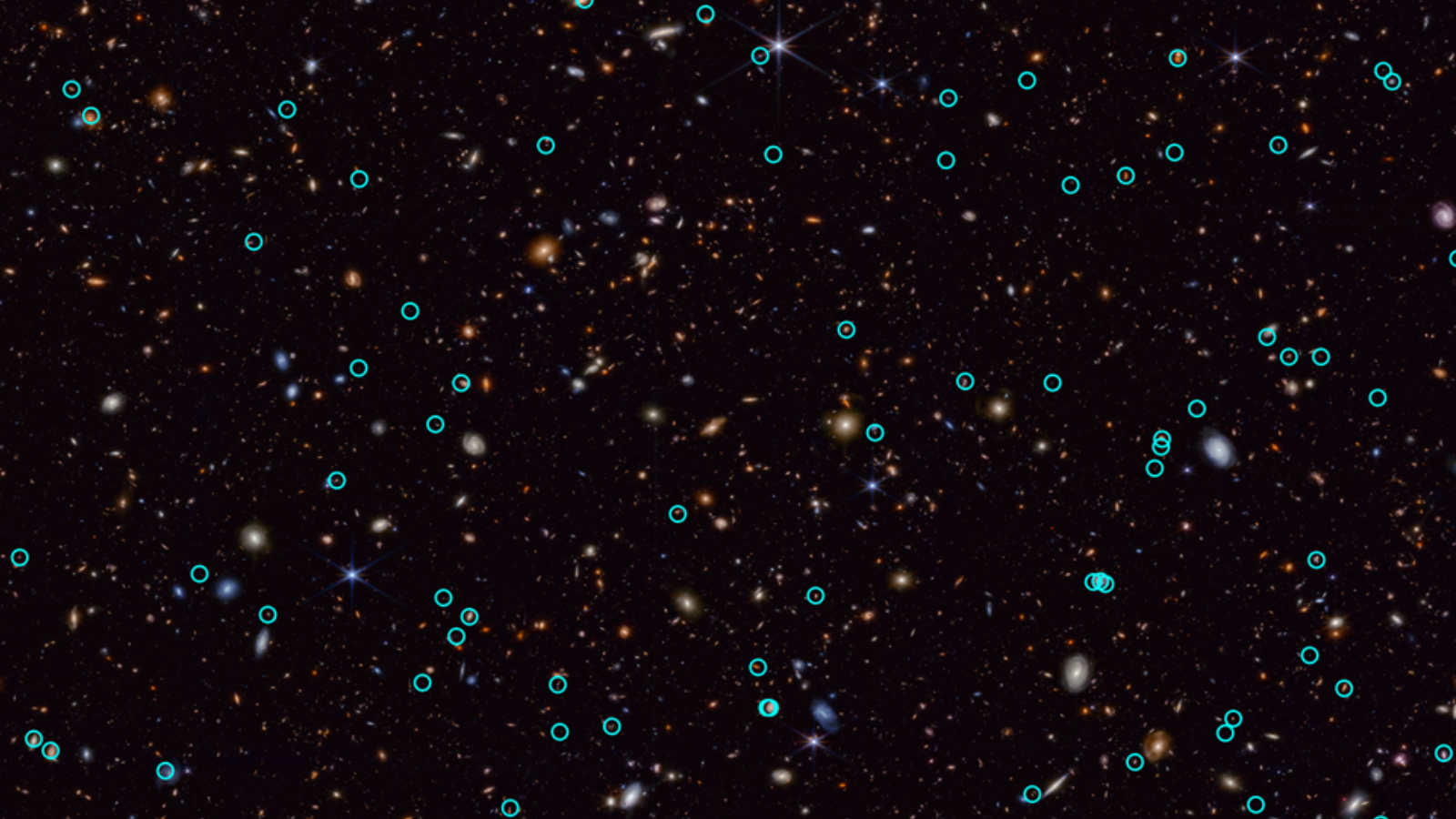80 new supernovae discovered by James Webb, including the oldest known
Published by Adrien,
Source: 244th meeting of the American Astronomical Society
Other Languages: FR, DE, ES, PT
Source: 244th meeting of the American Astronomical Society
Other Languages: FR, DE, ES, PT
Follow us on Google News (click on ☆)

This number is ten times higher than what had been discovered thus far in cosmic history. Among these supernovae is the oldest and most distant ever observed, which exploded when the Universe, now 13.8 billion years old, was just 1.8 billion years old.
These discoveries stem from the JADES (JWST Advanced Deep Extragalactic Survey) program, which enabled a team of scientists to find this unprecedented series of supernovae. This program also includes Type Ia explosions, used as "standard candles" for measuring cosmic distances.
Thanks to the exceptional infrared sensitivity of the JWST, astronomers can now observe supernovae that occurred over 12 billion years ago. These supernovae, discovered in images taken at one-year intervals, offer a new view of the "pre-teen" Universe.
The supernovae observed by the JADES team include "core collapse" supernovae as well as Type Ia supernovae. The latter, resulting from white dwarfs accreting matter from a companion star, explode in similar ways, which allows them to be used as tools to measure the expansion of the Universe.

JADES Deep Field uses observations taken by NASA's James Webb Space Telescope (JWST) showing the locations of the newly discovered supernova explosions.
Credit: NASA, ESA, CSA, STScI, JADES Collaboration
The study of supernovae in a Universe less than 2 billion years old reveals more extreme environments with stars containing fewer heavy elements, compared to current stars rich in metals like our Sun. This helps scientists understand how stars become enriched with metals during their formation.
The presentation of these discoveries took place during a press conference at the 244th meeting of the American Astronomical Society in Madison, Wisconsin, on June 10.